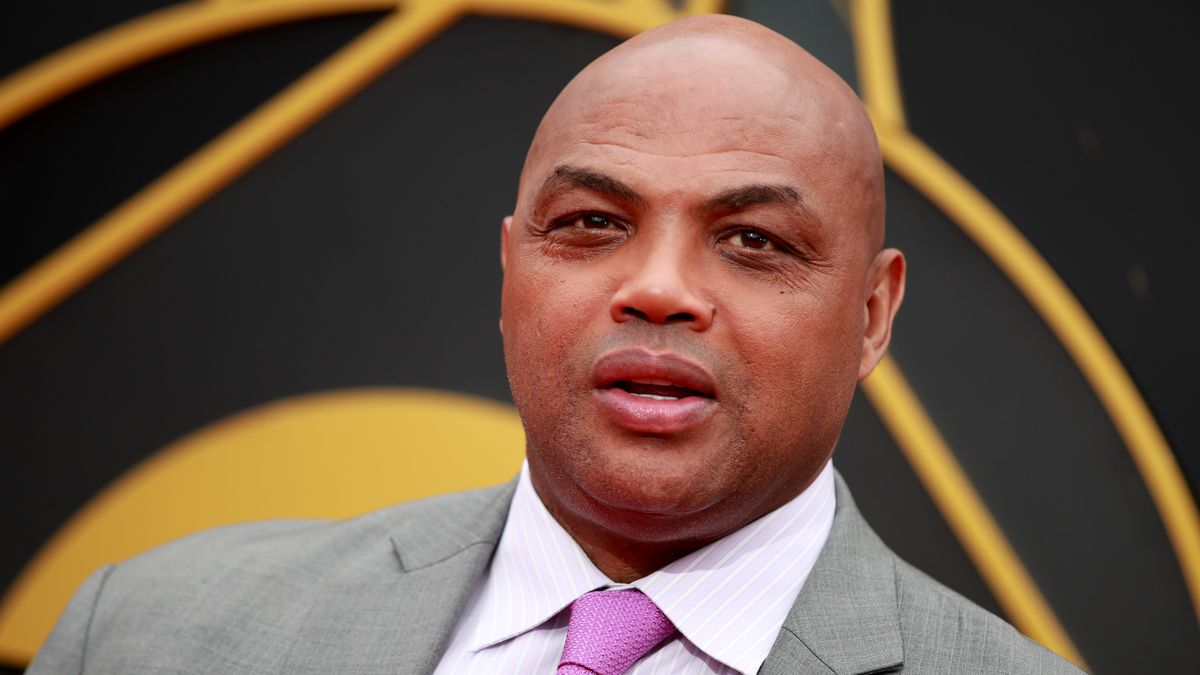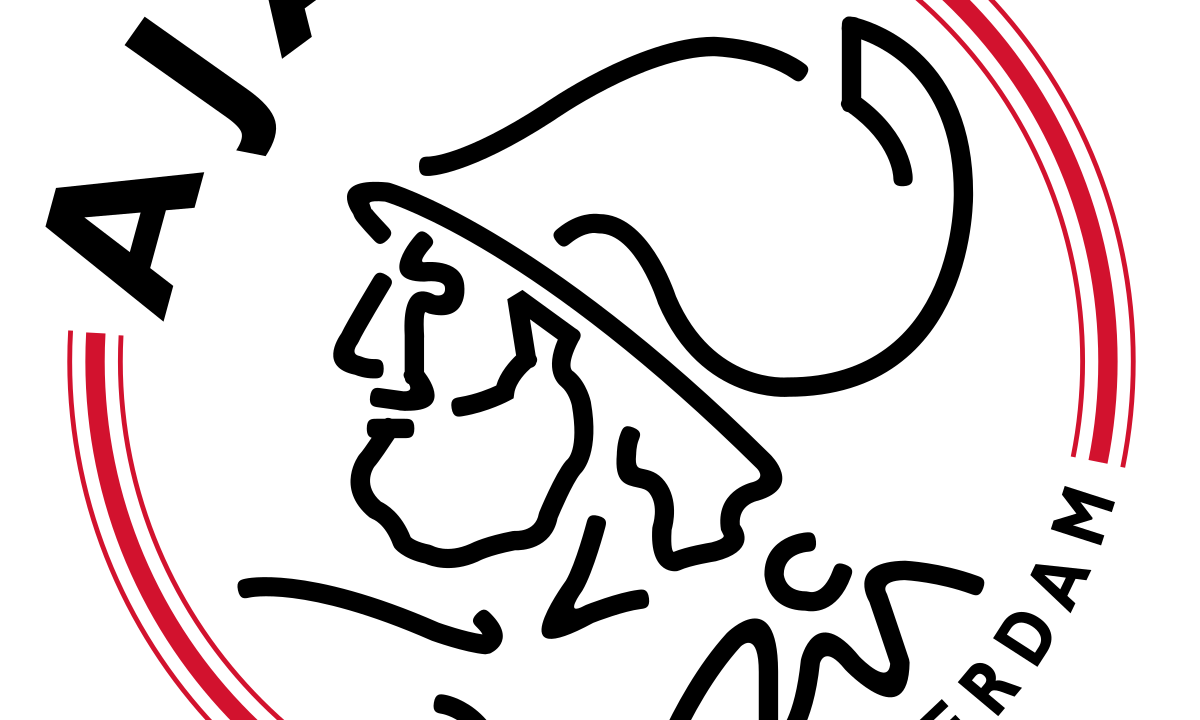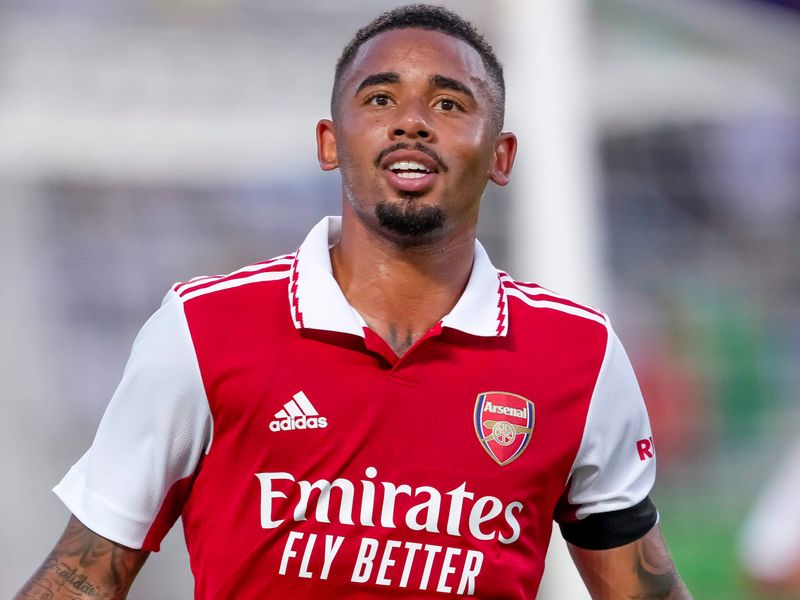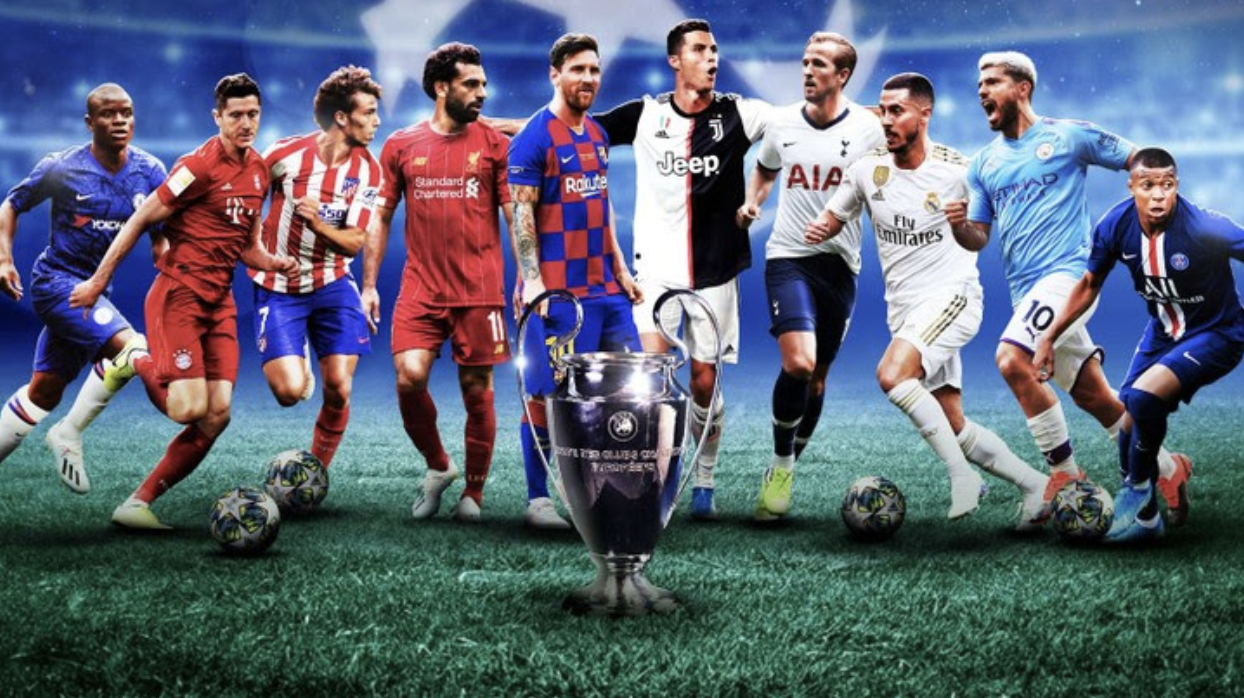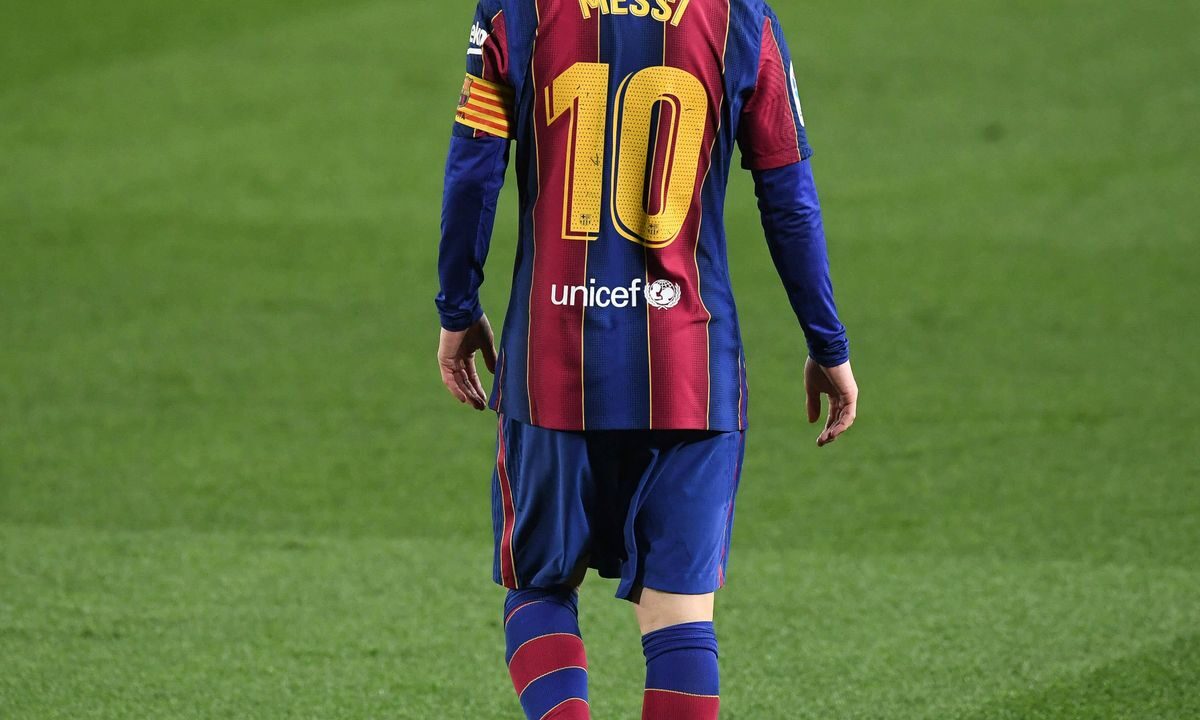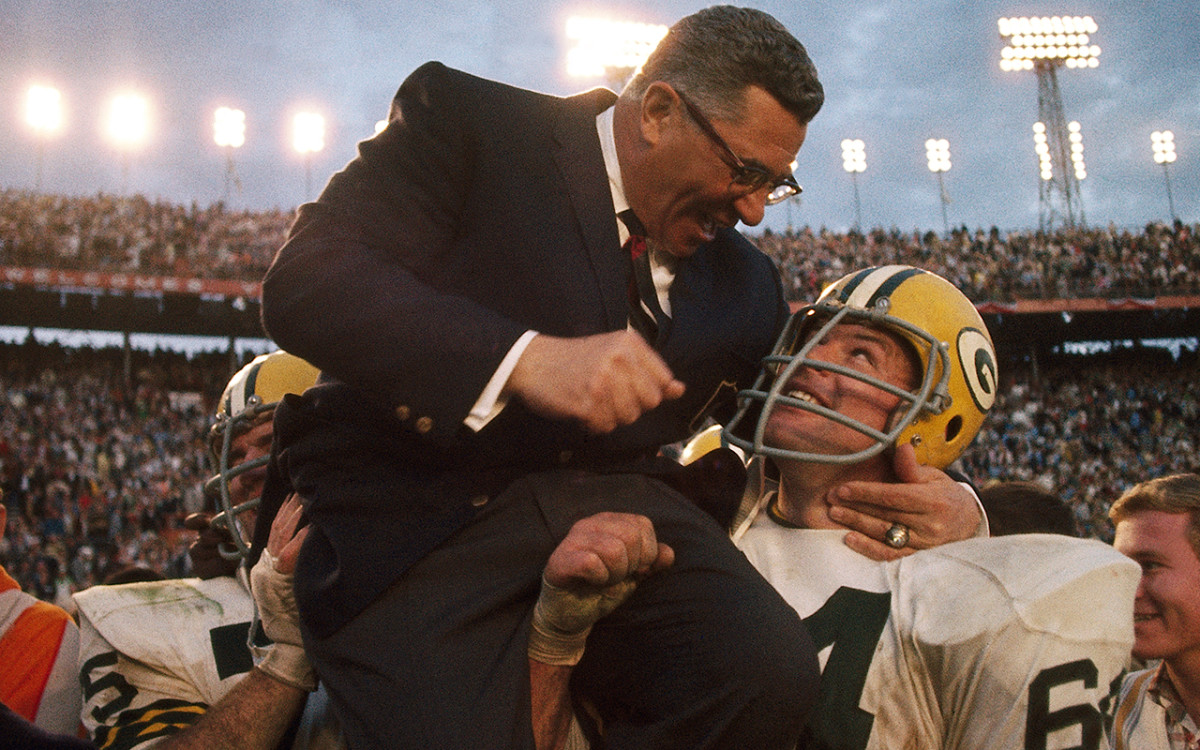Introduction:
As the echoes of the inaugural Super Bowl were still reverberating through the sports world, Super Bowl II emerged as a pivotal moment in football history. On January 14, 1968, the Green Bay Packers, under the indomitable leadership of Coach Vince Lombardi, faced the Oakland Raiders in Miami’s Orange Bowl for a showdown that would solidify the Packers’ legacy and the significance of the Super Bowl on the American sports landscape.
The Context:
Super Bowl II marked the second meeting between the champions of the National Football League (NFL) and the American Football League (AFL) following the historic merger. The Packers, led by the legendary Vince Lombardi, were seeking their second consecutive Super Bowl title, while the Raiders, making their Super Bowl debut, aimed to dethrone the reigning champions.
The Teams and Players:
The Packers boasted a roster filled with Hall of Fame talent, including quarterback Bart Starr, running back Jim Taylor, and wide receiver Boyd Dowler. On the defensive side, the “Green and Gold” featured stars like Ray Nitschke and Willie Davis. The Raiders, led by Coach John Rauch, were anchored by quarterback Daryle Lamonica and a hard-hitting defense.
The Game Unfolds:
In a sun-soaked Orange Bowl, the Packers and the Raiders battled for supremacy. The first half saw a closely contested game, with the Packers taking a 13-7 lead into halftime. Bart Starr’s precise passing and the Packers’ defensive prowess set the tone for their dominance.
Key Moments:
One of the game’s standout moments came in the second quarter when Starr connected with Boyd Dowler for a 62-yard touchdown pass, extending the Packers’ lead. The Raiders, despite their efforts, struggled to contain the Packers’ offensive onslaught and found themselves trailing throughout the game.
The Packers’ defense played a pivotal role, intercepting three passes and recovering a fumble, showcasing the disciplined and tenacious style of play that defined Lombardi’s teams.
Lombardi’s Last Hurrah:
Super Bowl II was not only a triumph for the Packers on the field but also a poignant moment for Vince Lombardi. It marked his final game as the head coach of the Packers. Lombardi’s legacy as one of the greatest football minds in history was further solidified with this victory.
Halftime Show and Cultural Impact:
Super Bowl II’s halftime show featured the Grambling State University Marching Band and the University of Michigan Marching Band, maintaining the tradition of incorporating college bands into the spectacle. While the halftime show was not as elaborate as today’s performances, it reflected the evolving nature of the Super Bowl as both a sporting event and a cultural phenomenon.
Legacy and Impact:
The Green Bay Packers emerged victorious with a 33-14 win over the Raiders, securing their second consecutive Super Bowl title. This victory not only cemented the Packers’ status as a football dynasty but also marked the end of an era with Lombardi stepping down as head coach.
Super Bowl II’s impact resonates through the decades, underscoring the importance of continuity, excellence, and legacy in the world of professional football. The Lombardi Trophy, awarded annually to the Super Bowl champions, stands as a testament to the enduring influence of Coach Vince Lombardi and the Green Bay Packers.
Conclusion:
As we celebrate each Super Bowl, let’s take a moment to look back at the pivotal Super Bowl II, where the Packers, under Lombardi’s guidance, etched their names into football history. The Lombardi legacy lives on not just in the annals of the NFL but also in the spirit of competition, leadership, and excellence that defines the Super Bowl each year.


